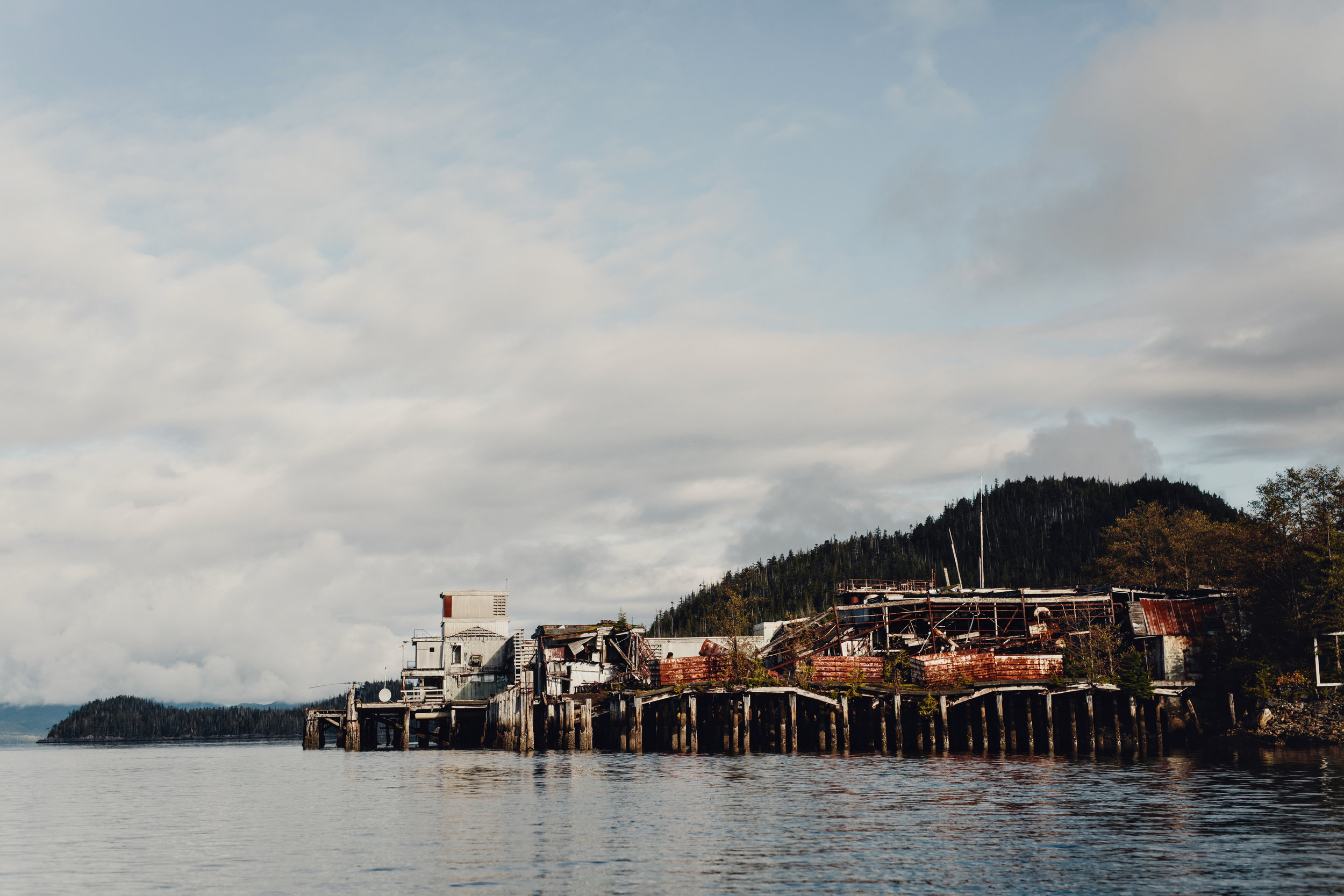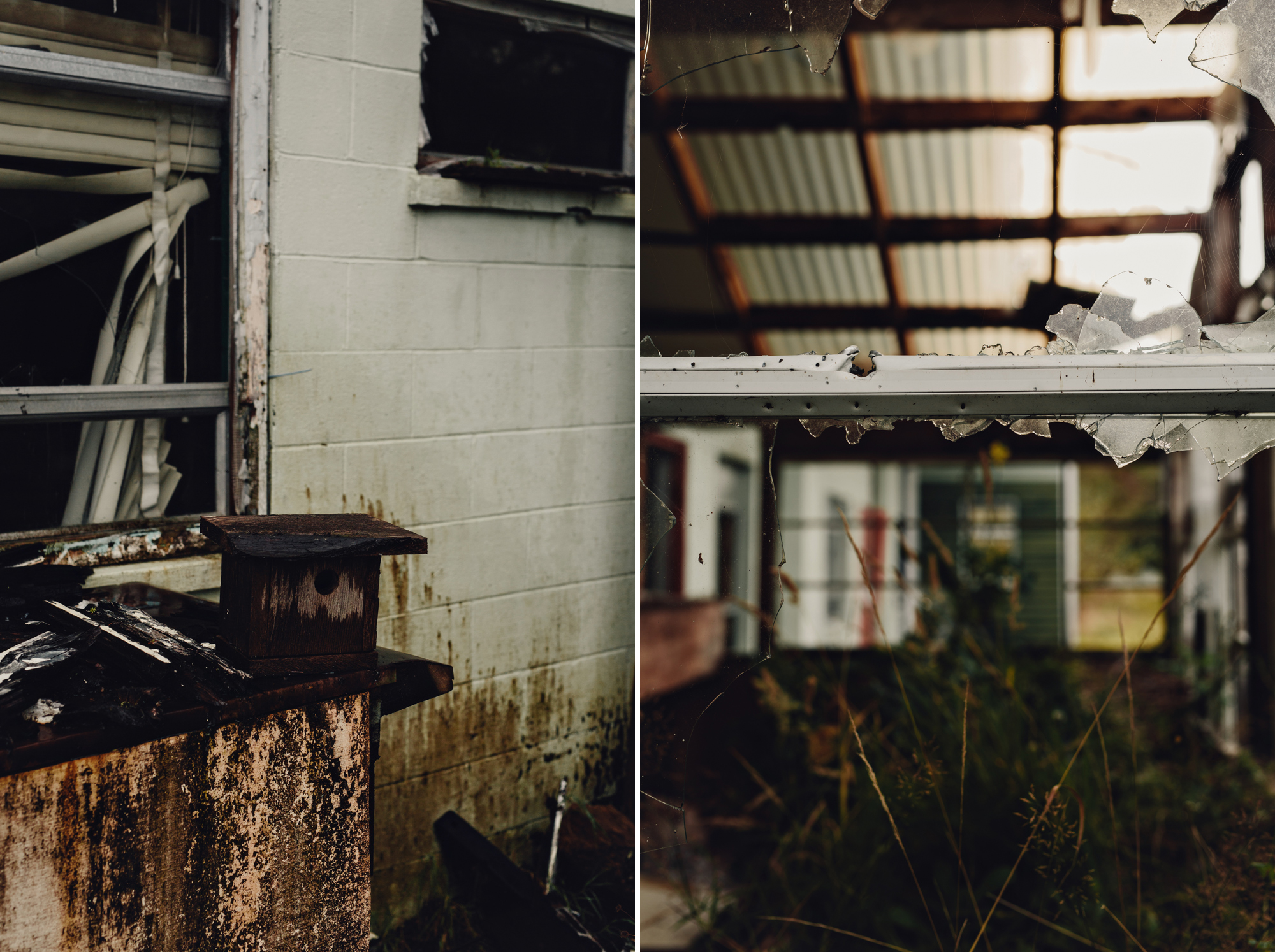
NAMU
heiltsuk Territory, Central Coast of British COlumbia
Namu
heiltsuk Territory
Photo Essay for Canada C3
Namu is located on British Columbia’s central coast about 35 kilometres south east of Bella Bella, in the Great Bear Rainforest. It has been a place of cultural significance for local First Nations people for over 10,000 years. What an honour it was to have Harvey Humchitt, hereditary chief of the Heiltsuk Nation, and his daughter Megan with take the Canada C3 Team on this visit. Harvey worked in Namu in the 1960s along side many other Heiltsuk people and today, he and his nation are working with the provincial and federal governments to clean up Namu and re-establish a community there.
Namu played an important role in the BC’s fish industry with the first cannery opening in there 1893. BC Packers, one of the province’s dominant fishing companies, bought the operation in 1928, developing it into the complex we see today. It was the home of salmon, and herring processing plants, warehouses, a power plant and housing for workers (Divided into three distinct camps - First Nations, Japanese and White.) and their families. All of it was linked by boardwalks.
BC Packers (which dissolved in 1997) closed the Namu cannery in 1970 as salmon stocks diminished. Since then it has had a handful of occupants, running a fuel dock and serving as caretakers.
Namu is now an abandoned site.… For the first time in 11,000 years there’s nobody living there.
Sitting at the mouth of one of the most productive salmon spawning rivers, it is a potential environmental disaster threatening the salmon, and ultimately the entire ecosystem. It is also a site of huge cultural importance to the Heiltsuk people.
Buildings that contain asbestos insulation are sagging, fuel tanks rest on rotting plank floors, old batteries and engine parts spill out of an engineering shed into the water below.
We asked Harvey what can be learned from Namu.
"I think there would be a lesson. Any type of developments that take place should include local people and it should be in a sustainable manner. That way it would ensure that the community of a place like Namu would be revitalized and it would ensure continuous community development."
It couldn't be more true.
Source: Canada C3 / Globe and Mail.





















